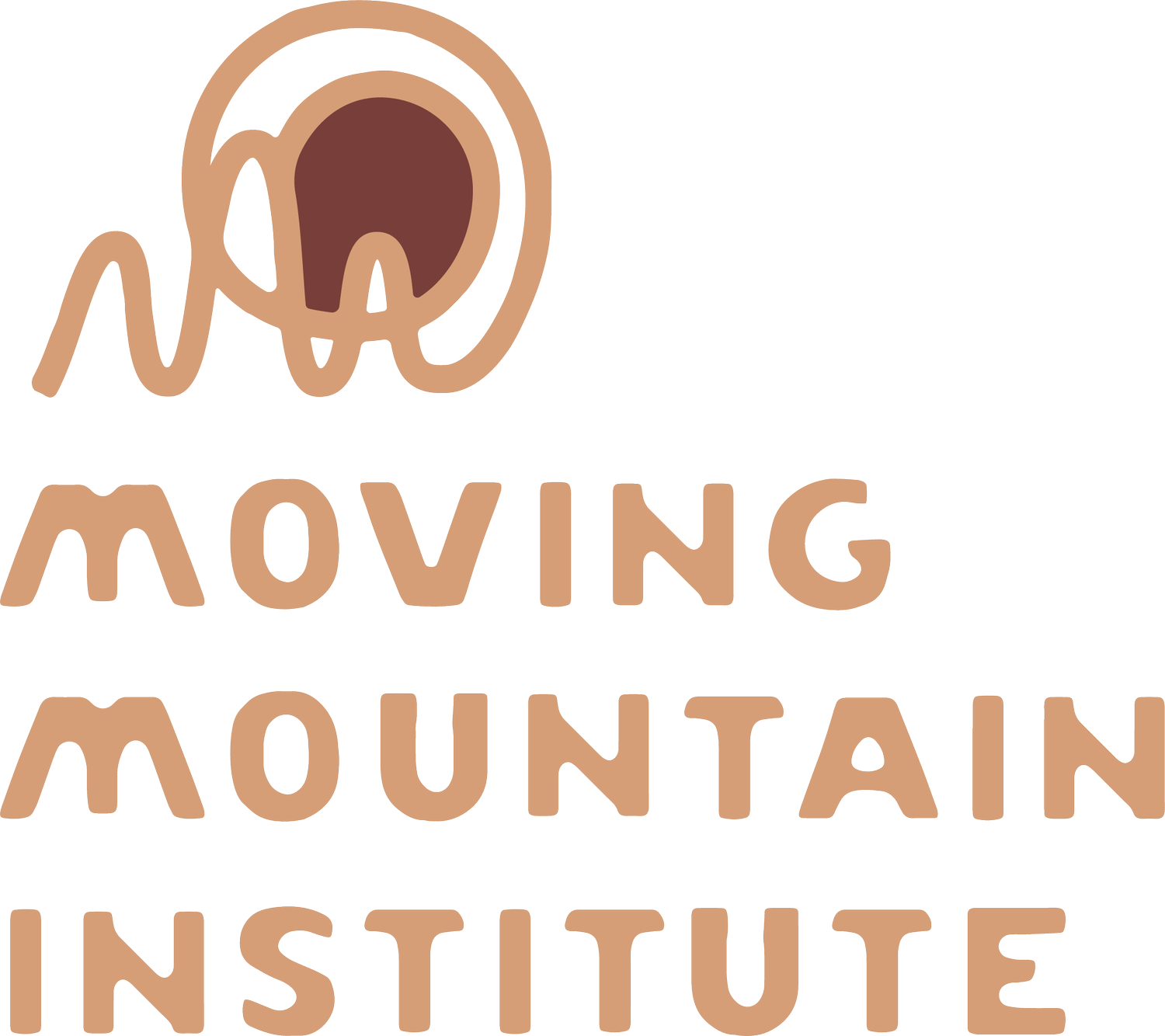Coming Home
/On June 9th, Moving Mountain Institute will host Hands Are (Our) Medicine, a panel discussion and happy hour conversation connecting around hands–on medicine in naturopathic practice. The event features a host of extraordinary panelists, and this month’s guest post is one of them. In this Field Note, Stephanie Kaplan, ND writes how craniosacral therapy helped define her relationship to medicine as a journey in coming home.
The Healing Journey
I could not appreciate my good fortune. My first year at Bastyr University a classmate and massage therapist introduced me to craniosacral therapy. A few weeks into medical school her teacher offered a seminar, which several of us took–we students couldn’t get enough. We met weekly to work on each other and soak up the wisdom the body had to share. Our practice honed our skills and awakened our curiosity. Before we even knew anatomy, physiology or pathology, we were able to hold and heal each other. I’m not sure how I could have gotten through my first years of medical school without this.
My early exposure to the modality continues to influence how and what I offer my patients–originally in women’s health and family medicine, and now in my current practice specializing in geriatrics and palliative care. I’ve learned there are few things that can’t be helped by this bodywork. In our world of nervous system distress, there seems to be no better modality than craniosacral therapy for reminding us that the parasympathetic nervous system craves and necessitates nourishment.
I’ve practiced craniosacral therapy on newborns. I’ve practiced craniosacral with those about to die. I began to see the work as a vehicle to find structural, mental, and emotional alignment. Alignment may mean an emotional shift that helps a person to face a situation that cannot be changed, like dying. Through this alignment, craniosacral work allows true healing–supporting the body in process, without having an agenda, goal or protocol. Craniosacral therapy teaches me that the time it takes for people to heal and shift is a journey I get to participate in, not dictate. “Fixing it” is different than healing.
Holism & Coming Home
Last year I traveled to Nepal on a medical service trip with the Nomad Clinic in the roadless area of Dolpo. As the first ND to participate in the project, there was no medicinary of herbs and supplements, the resources weren’t available. All I had access to was an allopathic pharmacy, and my hands.
What may seem like two extremes were the perfect complement. Pyelonephritis, an acute kidney infection, can be fatal without antibiotics; this is when pharmaceuticals save lives. In Nepal, I participated in both realms, that of the allopath and that of the Amchi–the Tibetan Medicine doctor.
Amchi and I had the same goal: to align the patient so the body, mind and spirit can find its way home. The Amchi gave short courses of herbs, hand rolled by himself and his father. He took 5 minutes with each patient. When asked how he can see patients so quickly and yet have them feel so cared for, he explained how he approaches each one as if s/he were his mother–since they were in a past life. The healing is in his presence.
Photo Credit: Cira Crowell
My craniosacral sessions with the Tibetans were also shorter than I anticipated. The people of the Dolpo have a deep spiritual practice that connects them to the earth, themselves, and one another in a way both profound and commonplace. Lying on a tarp on the dirt floor of a tent or the local school, we didn’t have the things that help Westerners get to a quiet place (warmth, music, candles, a comfortable table). We didn’t have these, and yet they weren’t necessary. In the sessions the patients knew what was happening, and sank into a liminal space of healing immediately. My sessions were sometimes just a few minutes long, then the effects and their gratitude poured out.
This evolved and integrated version of bodywork continues to nurture my patients across borders, and myself. This defines holism for me: working in the service of others while sustaining me as a practitioner. We get to “go home” together.
The Journey Continues
A renewed openness to the teachings around me has been sparked as I prepare to teach my first craniosacral class with Ami Opal. My collaborations and dialogue with patients and other practitioners are fascinating and fruitful.
A patient with Parkinson’s Disease who didn’t stop contracting the entire session, opened his eyes at the end and said, “I haven’t felt this rested in ages.” Michael McMahon told me about Charlotte Weaver, a pioneer in the field of osteopathy who described the sphenoid as the first cervical vertebra, and the occiput as the second! Clair Hamilton Araujo shared the osteopathic approach of honoring someone’s radiance before starting a treatment. Ami Opal reminded me of the core value of having faith in the body, and the bones, that they will find their way. And this was just in the last week.
The teachings continue to flow in from all sources.
Photo Credit: Cira Crowell
I hope to meet you along the way.
Stephanie






